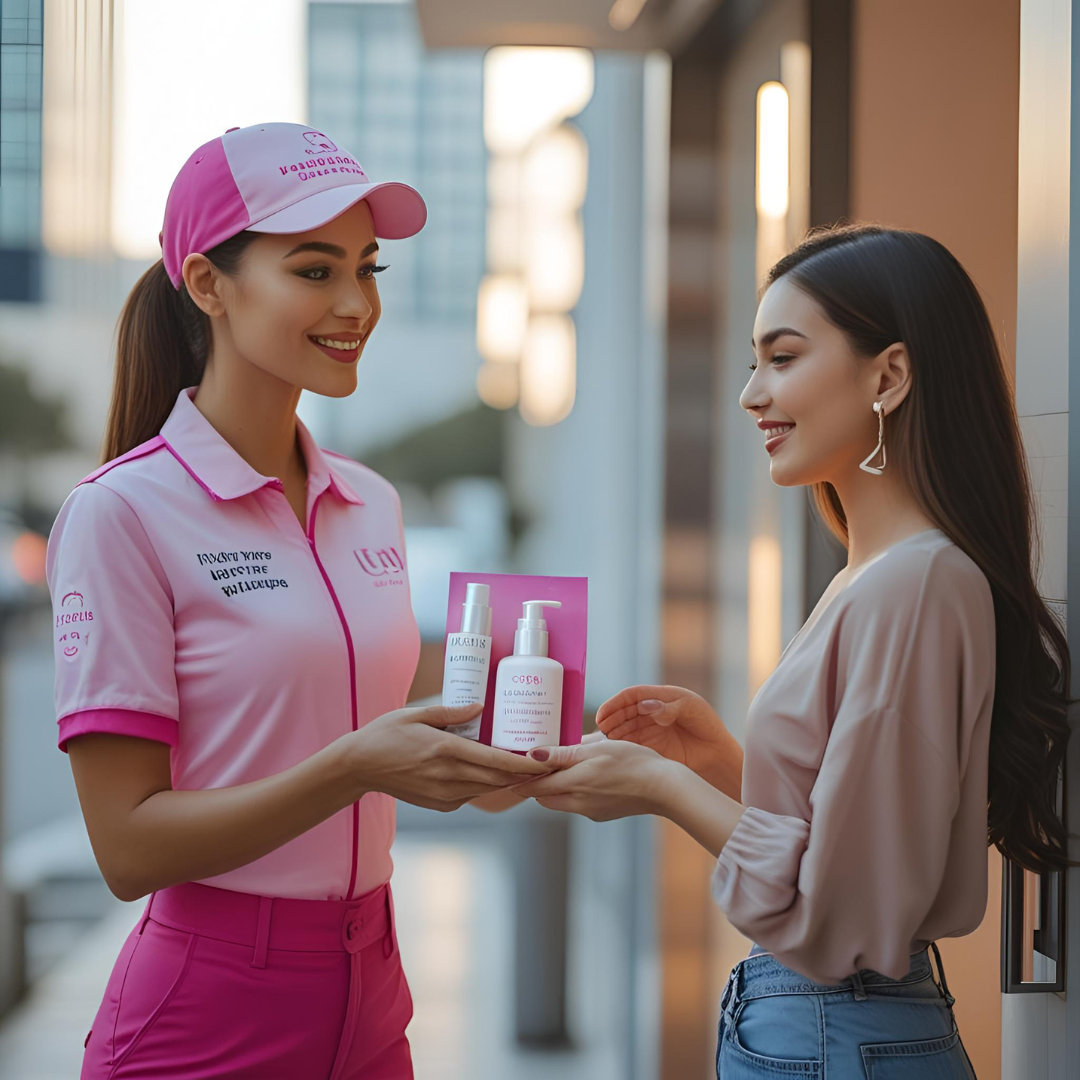Last-mile delivery is now the heartbeat of successful beauty logistics. In 2025, speed is everything. A product that arrives fast and fresh is more likely to earn repeat purchases, five-star reviews, and brand loyalty.
From urban micro-warehouses to AI-driven routing , the final stretch between warehouse and customer has transformed. Beauty brands now view this not just as a cost—but a customer experience opportunity.
What Is Last-Mile Delivery in Beauty Logistics?
It’s the final movement of a product from distribution hub to the customer’s doorstep. For the beauty industry, this must be fast, temperature-controlled, and flawlessly executed.
Why It Matters in 2025
- Product freshness (especially serums, masks, organic items)
- Time-sensitive campaigns (limited drops, influencers, holidays)
- Hyper-local branding and fast personalization
Game-Changing Innovations in 2025
Let’s explore how top-performing beauty brands are optimizing this crucial phase of delivery:
1. Micro-Fulfillment Centers (MFCs)
Urban areas now feature compact MFCs that store fast-moving SKUs close to demand zones. Beauty brands like SkinPulse and AuraGlow use these to ship same-day in major cities.
- Lower delivery times
- Reduced packaging waste
- Localized inventory for faster reaction to trends
2. Drone and Robot Delivery
In 2025, **beauty drones** are delivering face masks and serums across LA and Dubai. Robots now glide through office complexes delivering curated beauty boxes.
- Frictionless automation in cities
- Eco-friendly delivery models
- High customer satisfaction with live tracking
3. AI Route Optimization
AI tools now find the fastest, safest, and most eco-friendly routes in real-time. With traffic, weather, and customer behavior in mind, beauty orders reach users faster and with fewer carbon emissions.
- 20% faster delivery for brands using AI tools
- Predictive ETA with real-time SMS updates
4. Climate-Controlled Packaging
Luxury brands are using packaging that reacts to heat, cold, and humidity. A box of anti-aging serums arrives chilled, while a summer sunscreen order stays cool in high heat zones.
- Preserves product efficacy
- Reduces return rates due to spoilage
5. Hyperlocal Delivery Hubs via Beauty Retailers
Retailers now double as logistics hubs. Beauty brands ship to local salons and spas, then deliver directly via courier or pick-up.
- Cost-saving “click & collect” model
- Helps local businesses gain visibility
Case Study: Glissé Cosmetics
Glissé revamped their last-mile logistics by:
- Using drones in suburban France
- Adding AI route tech
- Partnering with local florists for pickups
Results in 6 months:
- 30% increase in repeat customers
- 18% reduction in shipping costs
- Zero returns on temperature-sensitive products
Green Delivery for a Cleaner Future
Last-mile doesn’t have to hurt the planet. Eco-first beauty brands now:
- Use electric vehicles for last-mile
- Offer carbon offset delivery options
- Provide rewards for slower but greener deliveries
Challenges in Last-Mile Beauty Delivery
- High costs in remote areas
- Package theft and damage
- Inventory sync between warehouse and fulfillment centers
These are being addressed with AI, blockchain, and better insurance policies.
What to Expect in 2026
- Biodegradable smart packaging with sensors
- Predictive delivery windows using facial expression analysis
- Expanded beauty lockers in gyms, malls, and spas
Post You Loved to Read:
- The Rise of Logistics Experts in the Health & Beauty Industry
- Sustainable Logistics in Beauty
- AI in Beauty Logistics
Conclusion:
Last-mile delivery is no longer the end of the supply chain it’s the start of customer loyalty. In 2025, beauty brands that innovate here win the race for attention, trust, and growth.
Whether it’s through AI, micro hubs, or drone tech next-level last-mile logistics is now a beauty brand’s best marketing tool.

1 thought on “Last-Mile Delivery Innovations in Beauty: 2025 Trends Unveiled”